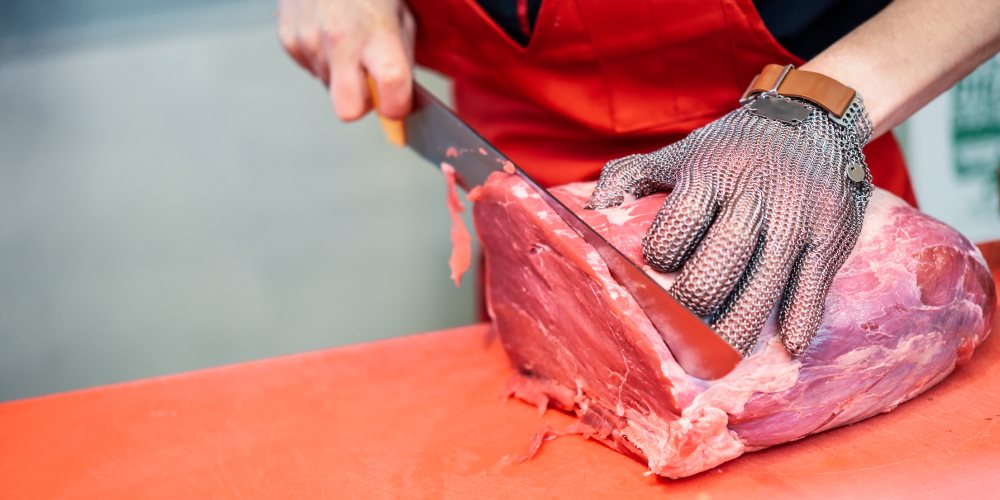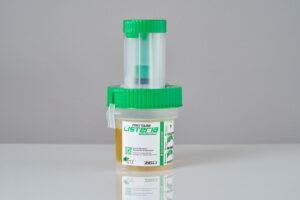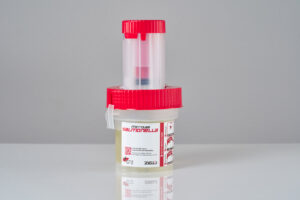
The choice of the appropriate sampling method for the surface analysis of pathogens.
23 Mar 2021Listeria monocytogenes and Salmonella are currently two of the bacteria causing most concern in the food sector in terms of safety. In order to produce safe food, food industries should have a correct self-control system. This system should be focused on both the final product and the work surfaces, due to the fact that these areas might lead to recontamination, especially in case of ready-to-eat products.
The U.S. Food and Drug Administration (FDA) has established a series of guidelines to perform the surface testing properly. This document claims that “The two most common methods to collect samples are “surface sponging” and swabbing”. But, which one is the ideal method to carry out the self-control in my company?
The choice of the most suitable method for each surface depends on different factors such as, the amount of surface to be sampled, the presence of cracks or areas of difficult access, the number of samples… Furthermore, the possible presence of biofilms increases the necessity of performing the surface sampling with strong friction. If this friction is not carried out strongly, the presence of pathogenic bacteria wouldn’t be detected.
It is well known that most of the commercial methods for the detection of Salmonella and Listeria monocytogenes are based on swabbing. However, the surface sponging is recommended by The FDA due to its stronger friction ability and its possibility of sampling larger surfaces.
The MicroLab Surfaces method has been optimized for the surface sponging following these guidelines. Therefore, surface analysis can be easily performed with the sponge included with each MicroLab device. This sponge should be directly inserted into the MicroLab device to allow carrying out the Salmonella or Listeria monocytogenes tests in two simple steps.





